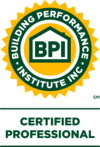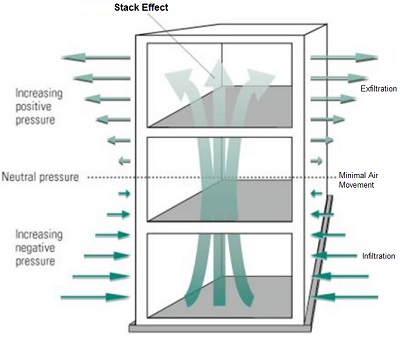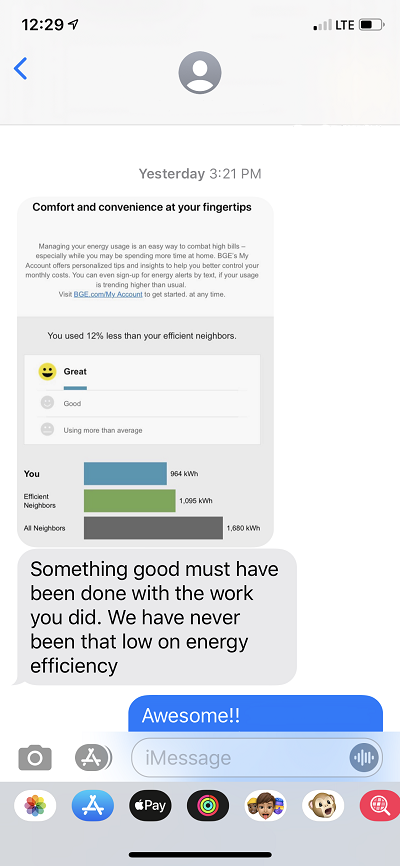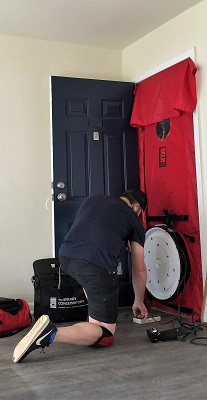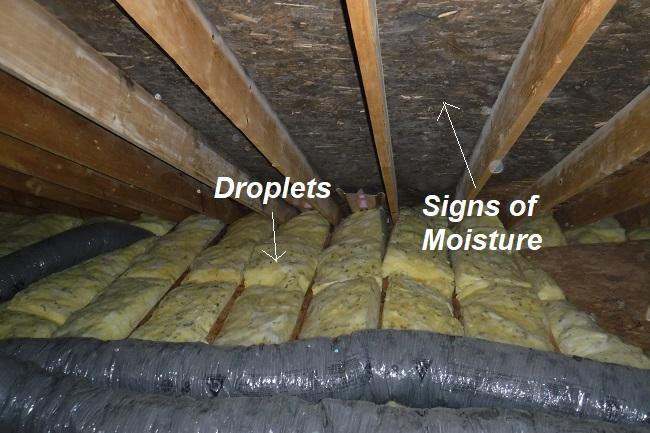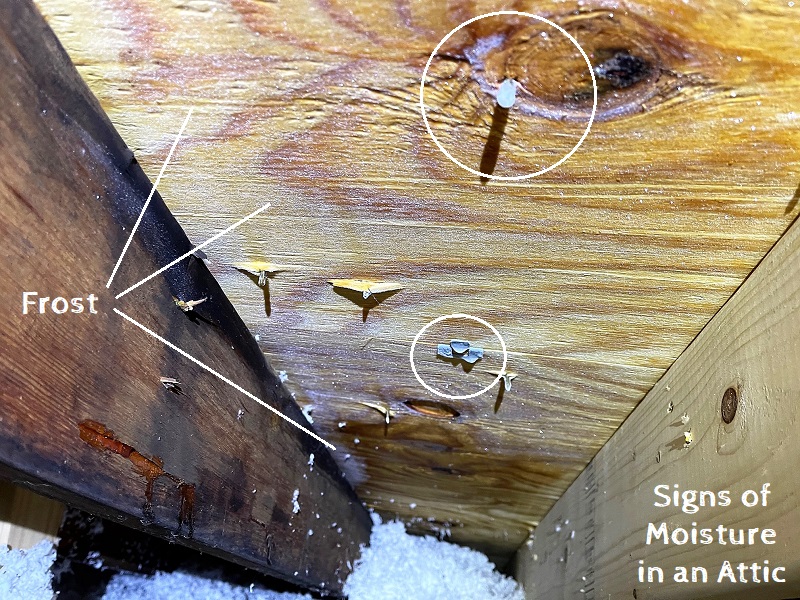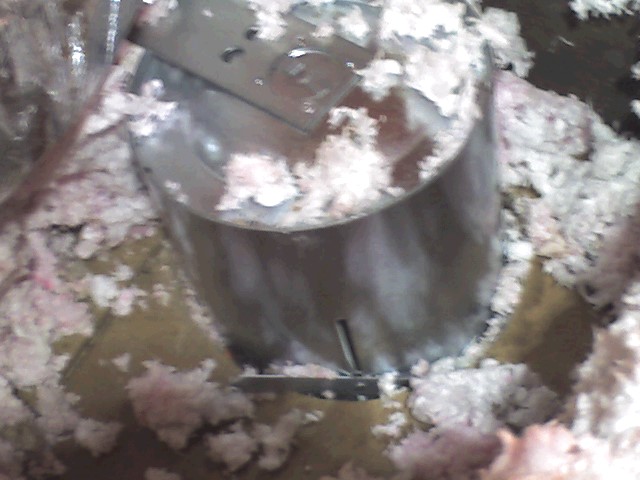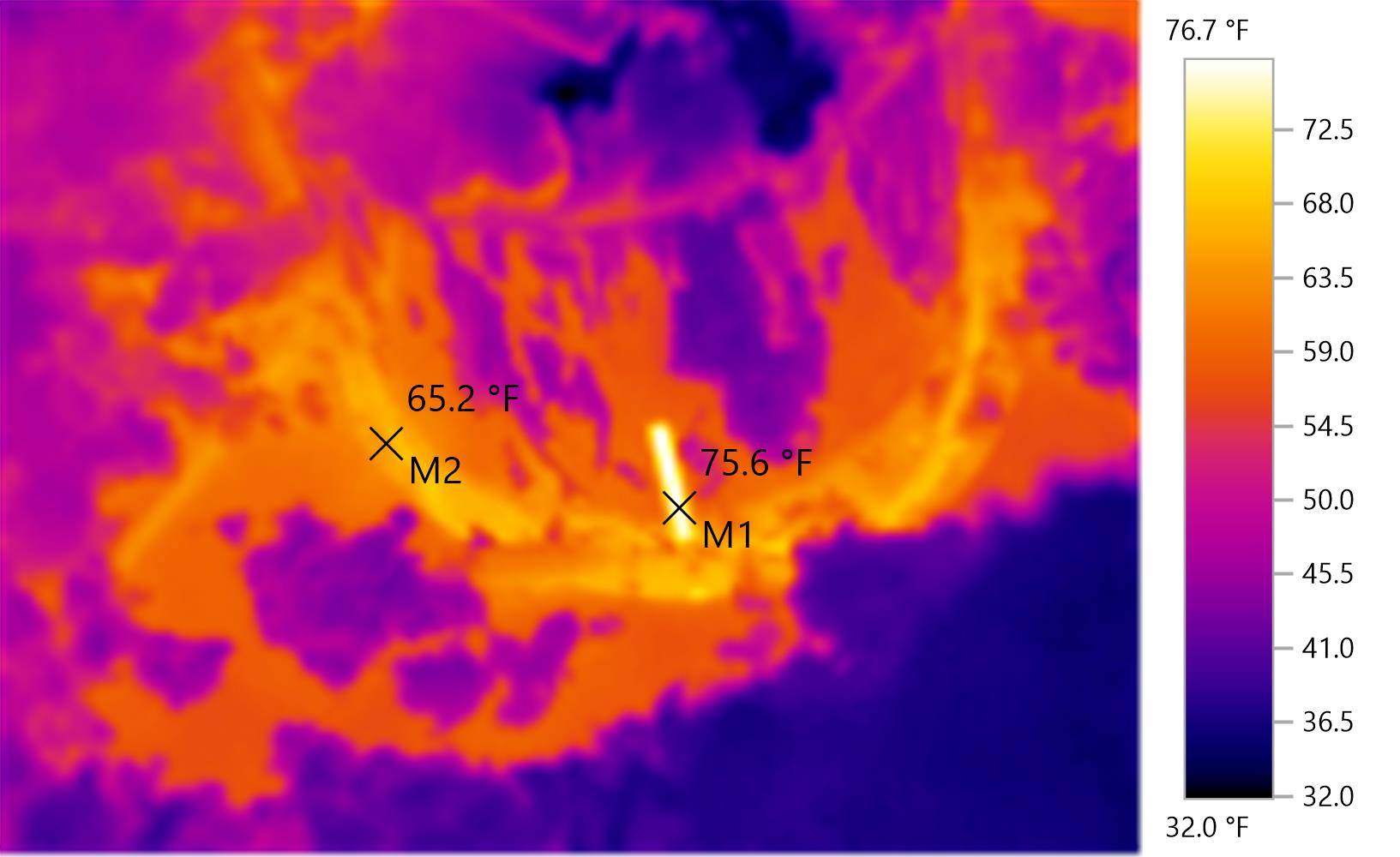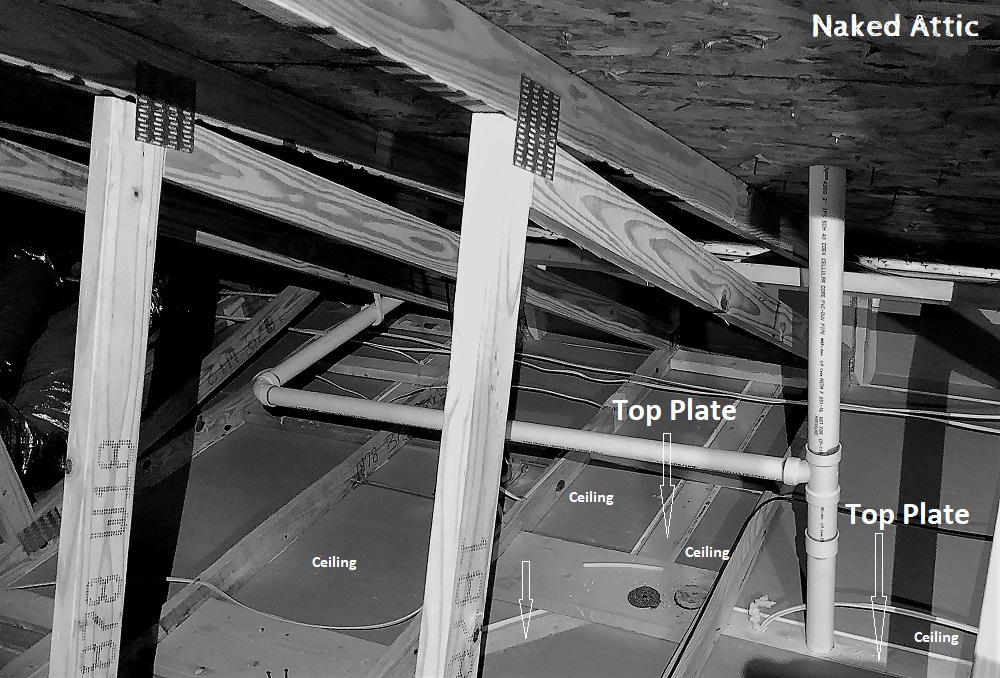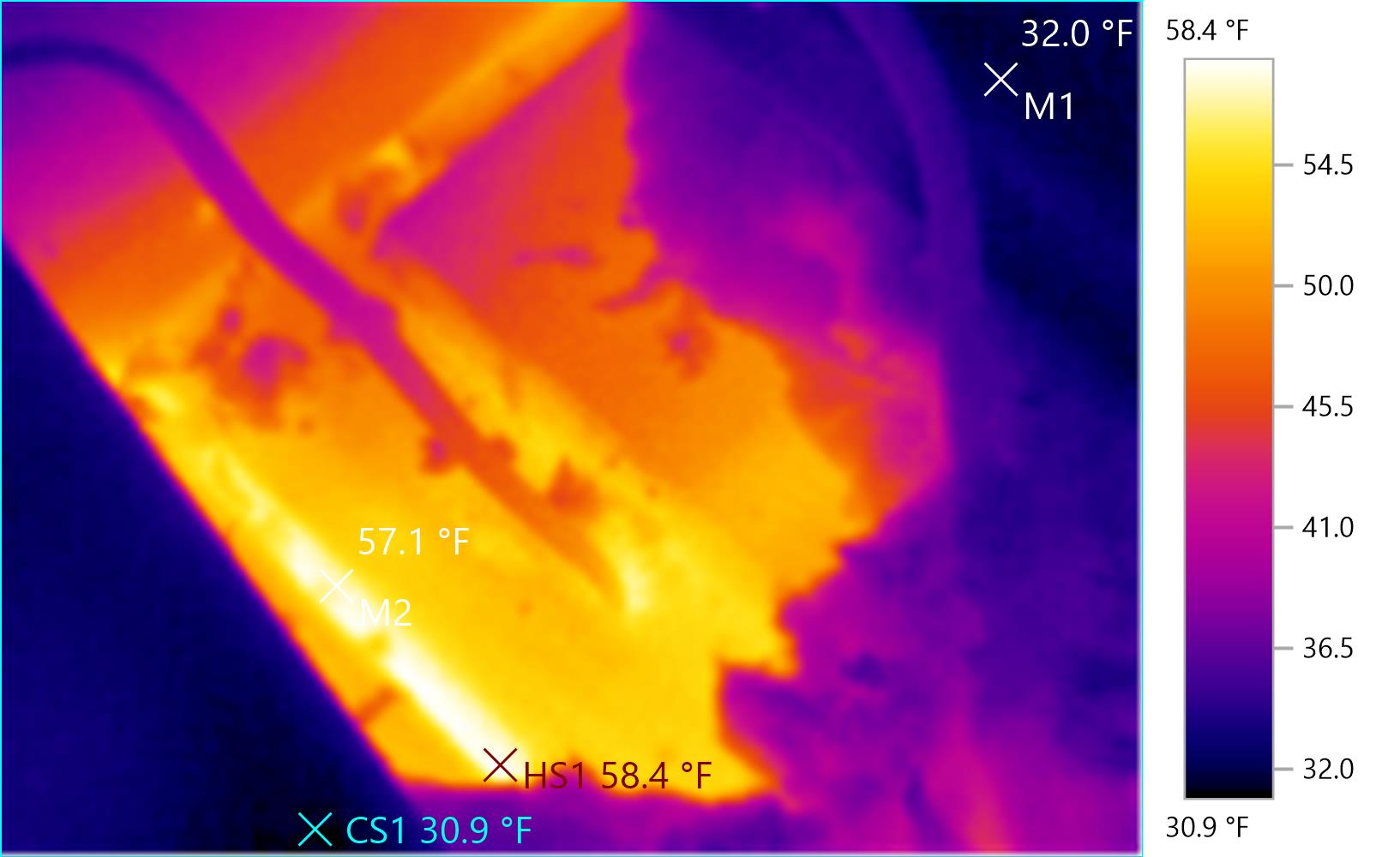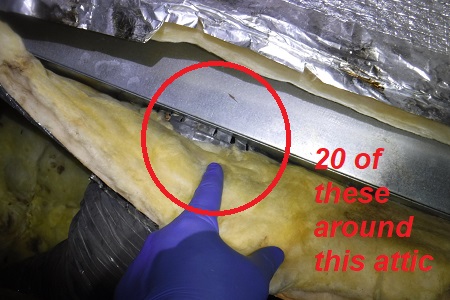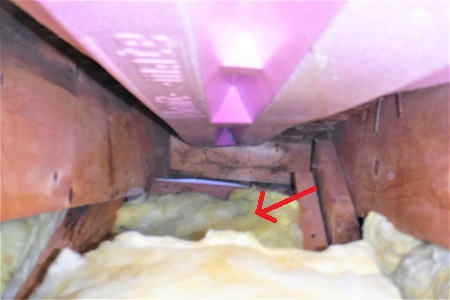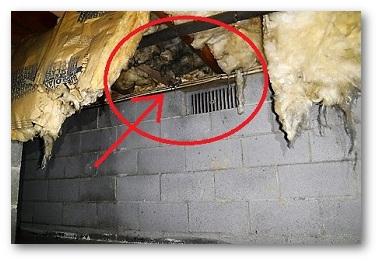Residential Comfort & Energy EfficiencyTuesday, October 27 2020
If you happen to be in the market for attic insulation then you might want to consider the two different ways you can go about getting an estimate. 1. Typical Insulation QuoteMost people tend to get an insulation estimate the familiar way which is to call ABC Insulation Company and have a rep come out, take a look in the attic and give them a price. After all, it is only insulation and it is in the attic. How hard can it really be? 2. Getting a BGE Home Energy AuditA BGE energy audit has a primary goal: to evaluate your home as a complete system and report back to you. A BGE energy audit takes a whole-house approach and it comes with measurable results. This means that you are able to sit in the driver's seat when deciding how to improve comfort and efficiency.
Common Insulation MisperceptionMost homeowners think that the more insulation you have the more efficient you are and the more comfortable you will be. But, if you miss the opportunity to insulate your home correctly, then it could leave you scratching your head about why it is not more comfortable in the house and why the BGE bill has not gone down. What does it mean to insulate effectively? Pressure & Thermal BoundaryIf you have had a typical insulation quote recently and the representative did not mention the pressure and thermal boundary then you might be on a path to an incorrectly installed insulation project. Most insulation, alone, will not stop the flow of air. Insulation is similar to a jacket. If a jacket is not zipped up, the air flows inside and around resulting in loss of body heat and comfort woes. If insulation (thermal boundary) has nothing stopping the flow of air (pressure boundary), then your home loses energy and you feel drafts. Building EnvelopeIdentifying your house's envelope or "shell" is important for a properly installed insulation project. Knowing where insulation is needed at every turn and what type of insulation is best for the job is a BGE energy auditor's assignment. Pressure dynamics inside your house create infiltration (air coming in) and exfiltration (air going out) in places that will get missed if building science principles are not applied during a typical insulation quote. Incorrect DiagnosisA typical insulation quote may provide information about insulation for walls which is costly and will undoubtedly yield little to no results. A BGE energy audit is a great way to gain a new perspective on how your house is actually losing energy. TestingDid you know that a properly installed insulation project around the house is likely to yield measurable results compared to window and door projects that tend to cost more? For starters, a BGE energy audit will perform an air leakage test (blower door test) and each window and door can be checked. The blower door test is not something you would get with a typical insulation quote. The test can show how ceilings, walls, floors and basement areas all lead to as much as 40% of a home's air leakage compared to only 10% for windows and doors. Check out a blower door test set up in 2.5 minutes!
Consultative ApproachA professional BGE energy auditor will provide you with unbiased information about the condition of your insulation, details about the proper location for new insulation, information about indoor air quality and the BGE energy audit can be an invaluable resource for HVAC advise and expertise. After all, according to BGE, the Program is designed to improve the energy performance, durability, comfort, health and safety of existing residential housing in BGE’s service territory. A reporting package through a BGE energy audit will include a detailed findings report, a prioritized list of measures with rebate information and a detailed workscope with pricing. Schedule your BGE home energy audit with Hometrust here
________________ Written by Eric Gans Did you get a typical insulation quote and a BGE energy audit? If so, we want to hear about your experience in the comments below: Monday, October 26 2020
Baltimore Gas and Electric Company’s (BGE) Smart Energy Savers Program® is a portfolio of programs promoting energy efficiency and conservation, including rebates, education and services. The BGE residential Home Performance with ENERGY STAR® Program (the Program) offers financial incentives to participating contractors for the completion of comprehensive home energy audits and to participating homeowners for the installation of qualifying energy-efficient equipment and improvements in eligible residences. The Program is designed to improve the energy performance, durability, comfort, health and safety of existing residential housing in BGE’s service territory. The objectives of the Program are to enhance the delivery of building performance services that use state-of-the-art diagnostic tools and the principles of building science to reduce energy consumption cost-effectively and safely, while simultaneously addressing building durability issues. In partnership with the national Home Performance with ENERGY STAR® Program sponsored by the U.S. Department of Energy (DOE), BGE is offering homeowners a comprehensive assistance package designed to increase awareness of and demand for building performance contracting, while simultaneously building an infrastructure of trained and certified contractors, home energy raters and consultants to deliver these services. Schedule your $100 BGE energy audit today
________________ Written by Eric Gans I would like to hear your comments about this article. Feel free to post something below... Monday, September 28 2020
Building science principles are fascinating. When it comes to Maryland residential indoor air quality it all makes very good sense and Maryland homeowners should have basic knowledge of three important things around the house and how they are connected.
|
Hometrust Remodeling
Proudly working in BGE & Pepco's Home Performance w/ ENERGY STAR program in Maryland to deliver whole-house energy savings to improve comfort & help protect the environment.
2025 Hometrust Remodeling | All Rights Reserved
An Energy Auditor's Purpose
"Energy auditors visit residential buildings and talk to owners and residents. They inspect, test, and measure to decide what energy-efficient retrofits are practical and cost-effective." Residential Energy





